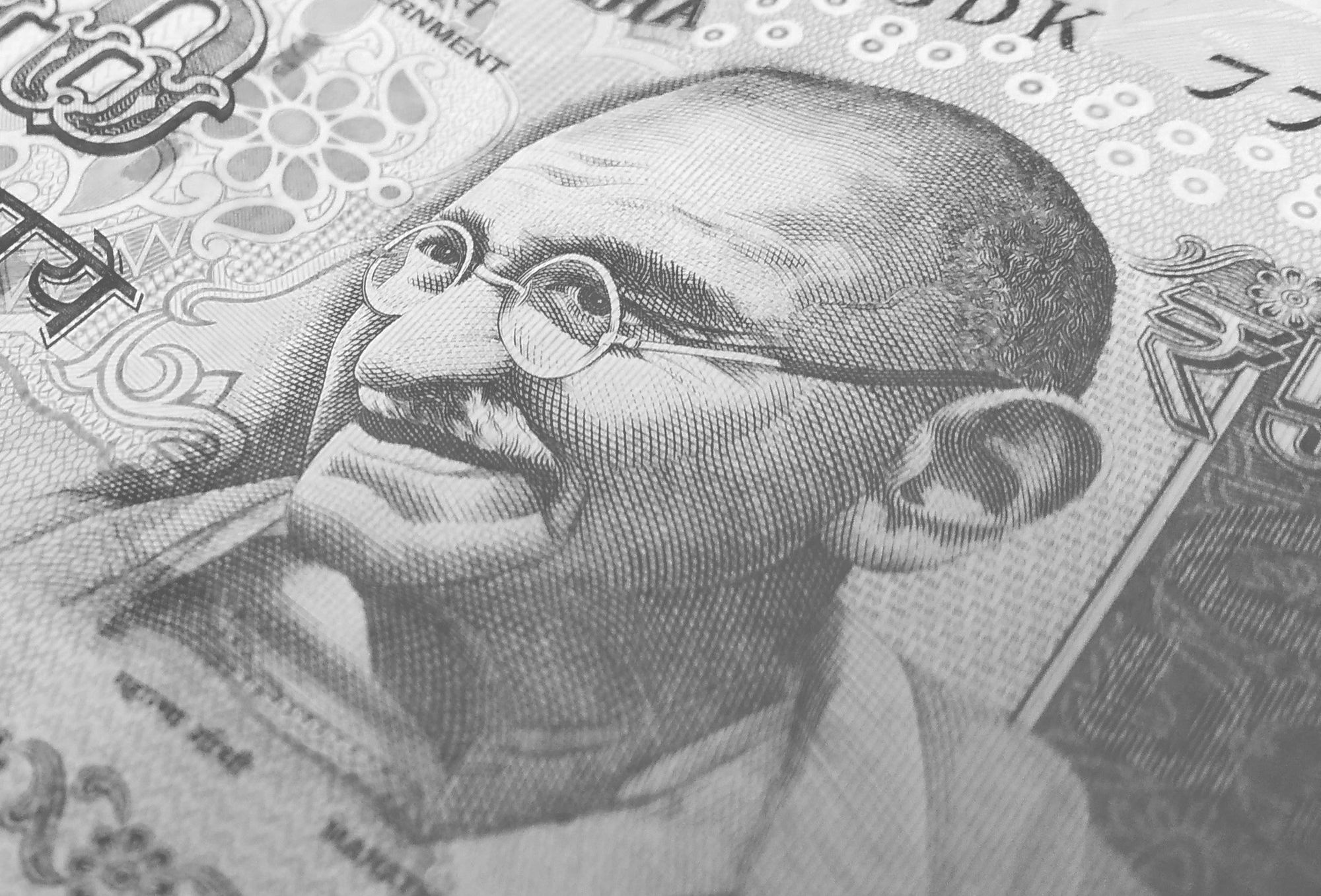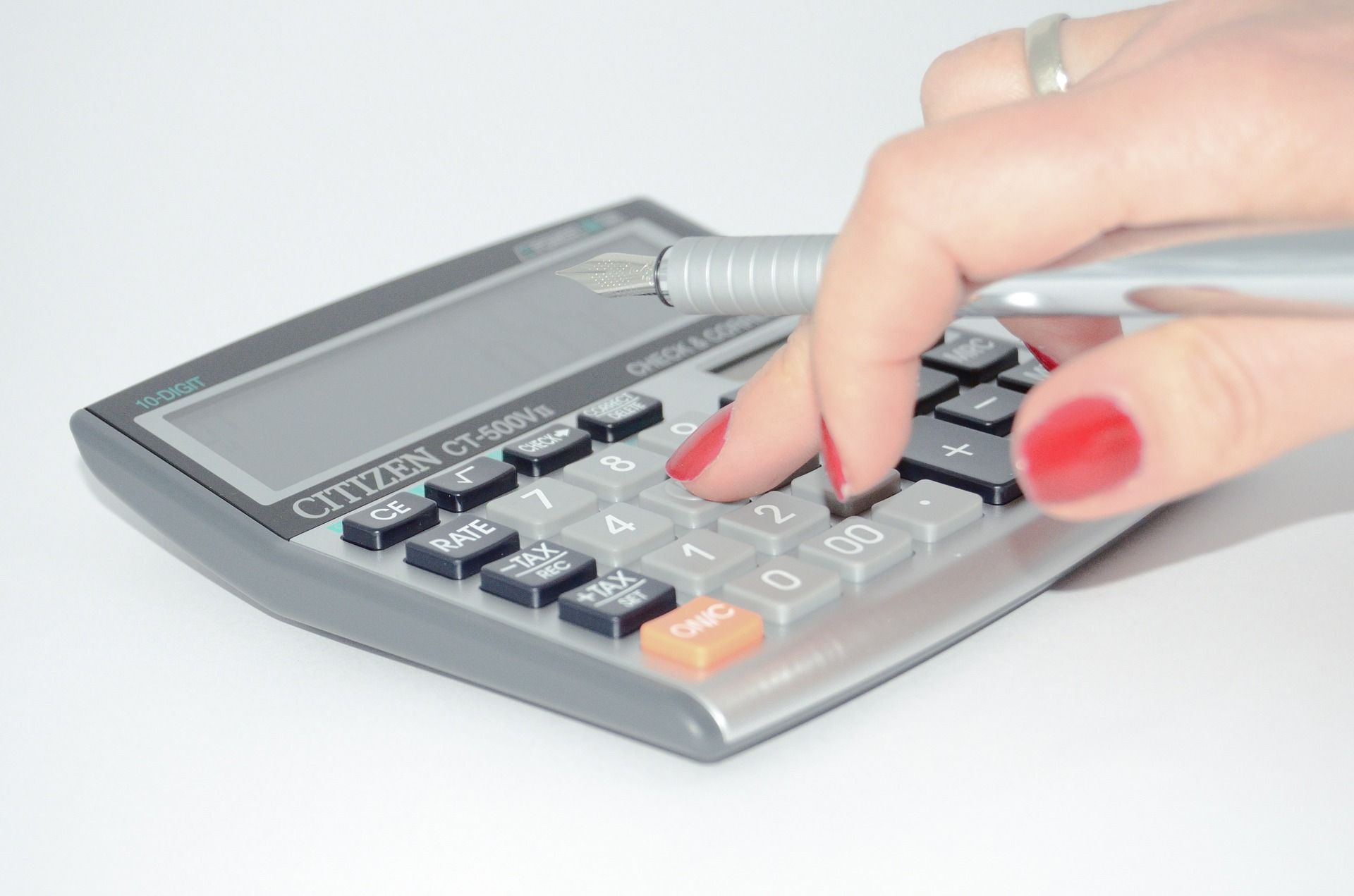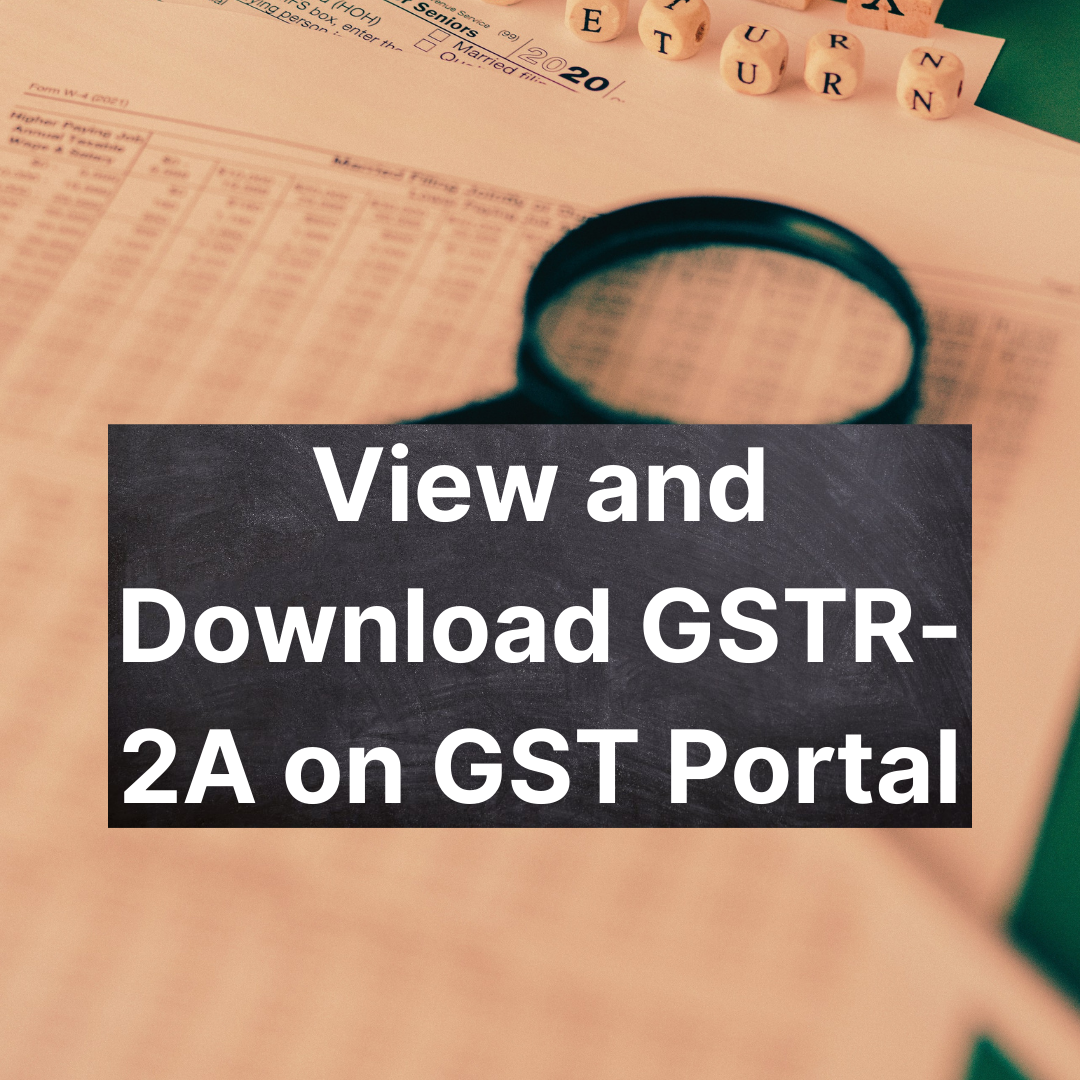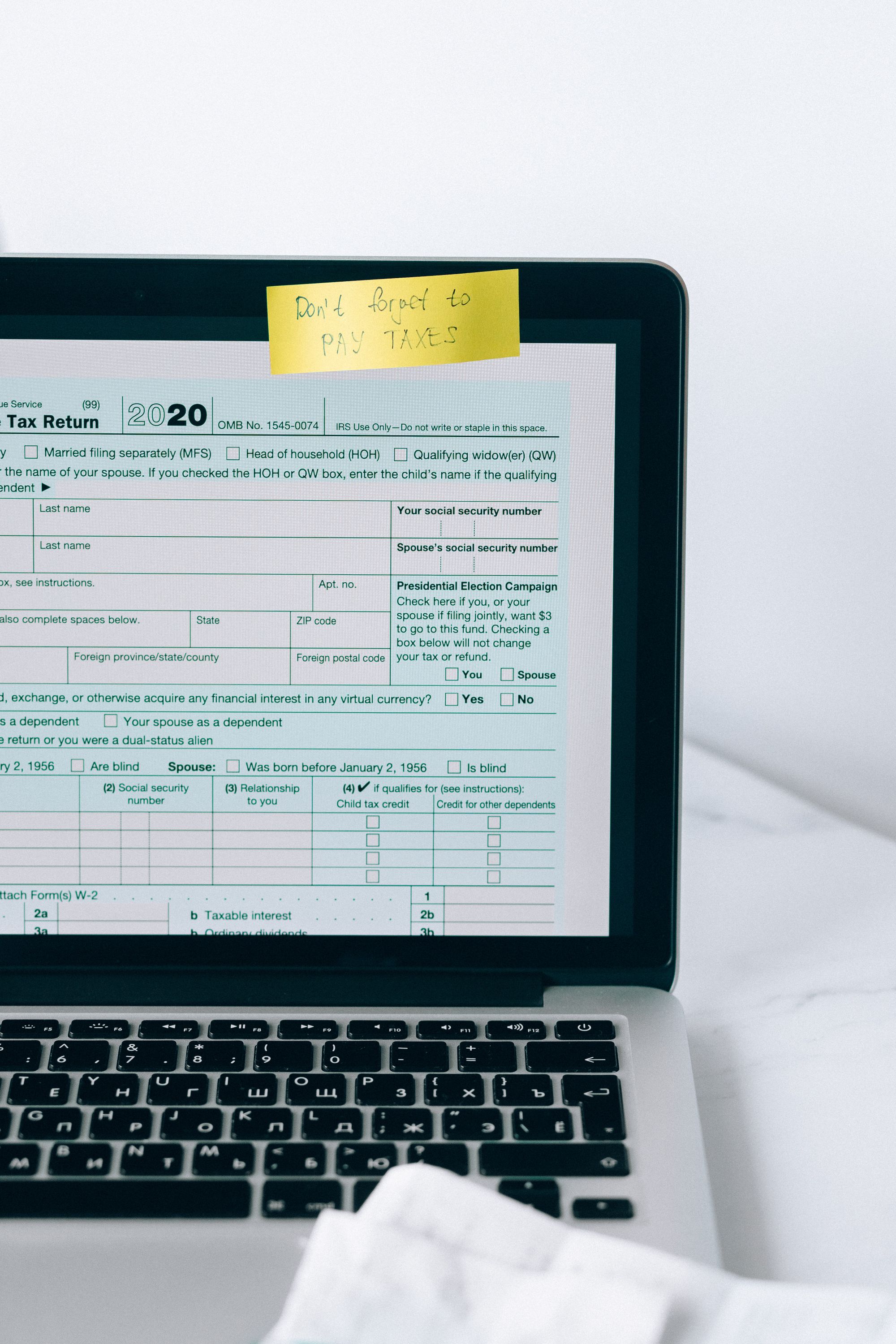A GSTR 3B needs to be filed every month once GSTR 1 is filed for reporting Sales and ITC, along with the necessary GST payment. Furthermore, if a refund is required to be claimed, the same can be done by filing the appropriate forms.

This article aims at presenting information about the GST payments and refunds, along with the related aspects such as:
- Latest Information Related to GST Refund
All About GST Payment
- Payments to be made under GST
- Calculating the GST payment
- When to make the payment?
- Who should make the payment?
- How to make GST payment?
- What are Electronic Ledgers?
- Penalty for Non-payment or Delayed payment
All About GST Refund
- What is a GST Refund?
- When can you claim the refund?
- Time Limit for Claiming the refund
- How to claim the GST refund?
Latest Information Related to GST Refund
Payments to be made under GST
According to GST, the tax to be paid is divided into 3 parts:
Besides the above-mentioned payments, there are other payments under GST which are:
- TDS
- TCS
- Reverse Charge
- Penalty, Interest, Fees, etc.
TDS: Tax Deducted at Source is a procedure in which the tax is dedicated by the dealer/trader before completing the payment to the supplier.
TCS: The meaning of Tax Collected at Source is that an E-commerce dealer will receive his payment after the deduction of TCS @2%.
Reverse Charge: The reverse charge mechanism refers to a deal or trade between a registered purchaser and an unregistered seller/supplier. In this mechanism, the GST is paid by the registered purchases to the government on behalf of the seller. The seller only receives the value of the goods sold.
Calculating the GST Payment
Often, the GST is calculated by reducing the ITC from the outward tax liability. The TCS or the TDS will be deducted from the GST amount to get the final amount. Additionally, there may be late fees added, if applicable.
It must be noted that Interest and late fees are also not eligible for ITC, and should be paid in cash. Depending on the type of dealer, the calculation will differ:
Regular Dealer: In addition to paying GST on outward supplies, a regular dealer can also claim Input Tax Credit (ITC) on purchases. Regular dealers must pay GST based on the difference between their outward tax liability and the input tax credit.
Composition Dealer: Choosing to participate in composition scheme Outward supplies are taxed at a set percentage. Depending on the type of business that a composition dealer conducts, GST must be paid.
The table shows the Composition Scheme. This scheme, however, is not available for the Service Providers.
When to Make the Payment?
The GST payment is due by the 20th of the following month when the GSTR 3 is filed.
Who Should Make the Payment?
Payments are to be made by:
- The Registered dealer must pay GST if there is a GST liability.
- Dealers are required to deduct TDS
- E-commerce operators are responsible for collecting and paying TCS
- A registered dealer must pay tax under the Reverse Charge Mechanism (RCM).
How to Make the GST payment?
There are two ways to pay GST: Payment through Cash Ledger and Payment through Credit Ledger.
Payment through Cash Ledger
Online and offline GST payments are both possible. In order to pay for GST using any of the methods, the challan must be generated via the GST Portal. In cases where tax liability exceeds 10,000 rupees, online tax payment is mandatory.
Payments through the Credit Ledger
Dealers can claim ITC for the GST payment. They can use the credit only for taxes and not pay interest, penalties, or late fees.
What are Electronic Ledgers?
Electronic Ledgers maintained by the GST system are of the following three types:
Cash Ledger: This is a ledger or an account of the taxpayer that is maintained by the GST system to reflect the deposits made in cash. This cash is deposited in the recognized banks. The cash ledger showcases the taxpayers’ deposits and payments.
Credit Ledger: The self-assessed ITC in the monthly returns is reflected in the credit ledger. As this ledger is used only for the payment of tax, it cannot be used for any other payments such as penalties, fees, interests, and so on.
Liability Ledger: This ledger gets auto-displayed on the dashboard of the taxpayer and displays information about the total tax liability for a particular month after netting for the taxpayer.
Penalty for Non-Payment or Delayed Payment
Dealers who fail to pay GST are liable for interest at a rate of 18% if GST is not paid or is paid late along with a penalty. The Tax short-paid or unpaid are penalized with Rs. 10,000 or 10%.
What is a GST Refund?
GST refunds are usually available when the GST paid exceeds the GST liability. Therefore, to avoid confusion, the GST refund process has been standardized. One has to complete the process online within the timeframe allotted to complete it.
When Can You Claim the Refund?
It is possible to claim a refund in a variety of cases. There could be a variety of reasons such as an excess payment. An overpayment of taxes could be the result of an error or omission.
- Trade-related exports (including deemed exports) for which a rebate or refund is due
- after final assessment
- When Embassies or the UN bodies make a purchase, it becomes a scenario for the refund of the tax paid.
- ITC accumulation resulting from tax-exempt or nil-rated output
- Return of tax refunds to international tourists
Time Limit for Claiming the refund
A taxpayer can claim the refund two years from the relevant date. The government has assigned relevant dates depending on the case. These dates may vary according to individual cases. Also, if there is a delay from the Government’s end to refund the claim then the government pays an interest of 24% per annum.
Let’s look at the table for more information:
How to Claim the GST refund?
You must submit Form RFD 01 within 2 years from the relevant date to request a refund. The taxpayer needs to get the form certified by a Chartered Accountant.
How Can Deskera Help You
From Journal Entries to inventory, creating invoices to increasing customer retention and suppliers, Deskera Books has all that it takes to keep you covered with your accounting process.
Know the intricacies of the accounting system and learn how easy and refreshing it could be to have software that not only empowers you to keep your data in one place but also lets you manage it effectively. Wouldn’t it be great of you have all that you want to access just a click away!
GST has been an intimidating topic for many a business across India. Fret No More!
Let Deskera Books guide you step by step towards achieving the exact information you always wanted to get through. Take a look at how easy it is to use the accounting software!
The primary forms of the GST including GSTR 1, GSTR 2, and right till the difference between GSTR9 and GSTR 9C, you can understand the detailed structures of these forms with Deskera Books.
If you wish to get a better grip over Deskera’s offerings in terms of GST information, then this is one guiding video you wouldn’t want to miss!
Key Takeaways
Let’s quickly look back at the highlights of the article:
- Payments under GST are divided into various parts that include the IGST, CGST, SGST, Reverse Charge, TDS, TCS, and so on.
- Calculation of the GST depends on whether the trader is a regular dealer or a composition dealer; based on this, the GST rates are applied.
- GST Payments can be made either through the Cash Ledger or the Credit Ledger.
- We have also seen the three kinds of electronic ledgers: Cash Ledger, Credit Ledger, and the Liability Ledger.
- Dealers who fail to pay GST are liable for interest at a rate of 18% if GST is not paid or is paid late along with a penalty.
- We have learned that just like the various GST forms for filing the returns, the taxpayers also need to file a claim to the refund.
- The refund is the amount that they seek to get back from the government. GST refunds are usually available when the GST paid exceeds the GST liability.
- You must submit Form RFD 01 within 2 years from the relevant date to request a refund.
Related Articles











